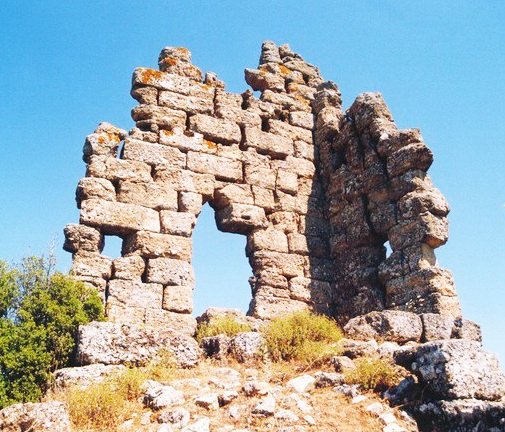Cyrtones on:
[Wikipedia]
[Google]
[Amazon]
 Cyrtones or Kyrtones (), anciently called Cyrtone or Kyrtone (Κυρτώνη), was a city of
Cyrtones or Kyrtones (), anciently called Cyrtone or Kyrtone (Κυρτώνη), was a city of
 Cyrtones or Kyrtones (), anciently called Cyrtone or Kyrtone (Κυρτώνη), was a city of
Cyrtones or Kyrtones (), anciently called Cyrtone or Kyrtone (Κυρτώνη), was a city of Boeotia
Boeotia ( ), sometimes Latinisation of names, Latinized as Boiotia or Beotia (; modern Greek, modern: ; ancient Greek, ancient: ), is one of the regional units of Greece. It is part of the modern regions of Greece, region of Central Greece (adm ...
, east of the Lake Copais
Lake Copais, also spelled Kopais or Kopaida (; ), was a lake in the centre of Boeotia, Greece, west of Thebes. It was first drained in the Bronze Age, and drained again in the late 19th century. It is now flat dry land and is still known as Kop ...
, and 20 stadia from Hyettus
In Greek mythology, Hyettus ( - ''Hyettos'') was a native of Argos thought to have been the first man ever to have exacted vengeance over adultery: he reputedly killed Molurus, whom he had caught with his wife, and was sent into exile. King Orch ...
, situated upon a lofty mountain, after crossing which the traveller arrived at Corsia. Cyrtones contained a grove and temple of Apollo
Apollo is one of the Twelve Olympians, Olympian deities in Ancient Greek religion, ancient Greek and Ancient Roman religion, Roman religion and Greek mythology, Greek and Roman mythology. Apollo has been recognized as a god of archery, mu ...
, in which were statues of Apollo and Artemis
In ancient Greek religion and Greek mythology, mythology, Artemis (; ) is the goddess of the hunting, hunt, the wilderness, wild animals, transitions, nature, vegetation, childbirth, Kourotrophos, care of children, and chastity. In later tim ...
, and a fountain of cold water, at the source of which was a chapel of the nymphs.
The site of Cyrtones is tentatively located at Kastron Kolakas/Karaouli, near the modern village of Kyrtoni, which was renamed from Kolaka to reflect association with the ancient town. The remains of a walled enclosure, and of a building, possibly a temple, have been found. This ancient fortification has a square tower made out of 1.5 m thick stones. From the ancient fountain now known as Kamini flows brackish, ice cold water with healing properties (for dysentery).Phthiotis Prefectural CouncilReferences
Cities in ancient Boeotia Former populated places in Greece {{AncientBoeotia-geo-stub